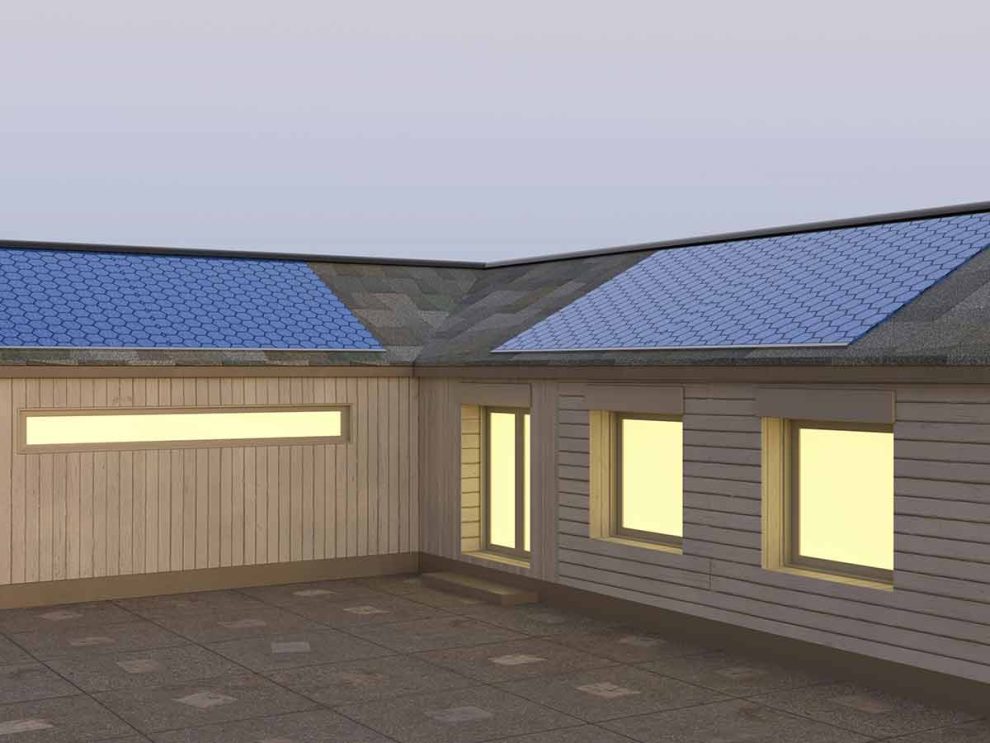House extension planning requires preparation, budgeting and legalities to get it right. Whether you need more space for a growing family, a home office or just want to add value to your property, this guide will walk you through the process of planning a house extension.
-
What Do You Want To Achieve
Before you start planning, you need to define what you want to get out of your extension. Think about:
- Purpose: What will the space be for? Bedroom, living area, kitchen extension or home office?
- Size and Layout: How much space do you need and how will it fit in with the existing layout of your home? Consider the proportions so it flows from the rest of the house.
- Long Term Needs: Will the extension meet your current needs or future needs as well? If you’re planning to have more children, you may want to add more space than you need now.
-
Planning Permission and Building Regulations
Getting planning permission and building regulations right is key.
- Permitted Development Rights: In some cases you may not need planning permission if your extension falls within permitted development rights. These rights vary depending on the size, height and location of the extension.
- Planning Permission: If your extension exceeds permitted development rights or your home is in a conservation area or listed building you will need planning permission. Contact your local council to find out what the rules are in your area.
- Building Regulations: Regardless of planning permission, all extensions must comply with building regulations which cover structural safety, energy efficiency, fire safety and ventilation. Your extension will be inspected by building control officers at various stages.
-
Set Your Budget
Budgeting is one of the most important parts of planning a house extension. Make sure you plan your finances correctly to avoid overspending.
- Set a Budget: How much can you afford to spend on the extension? Include construction costs, design fees, building control fees and contingencies for unexpected expenses (10-15% of your total budget).
- Get Quotes: Get quotes from multiple builders and contractors to get a total cost. Make sure to ask for detailed quotes that break down labour, materials and any extras.
- Additional Costs: Don’t forget to budget for finishing touches like flooring, lighting, fixtures and decorating. You may also need to plan for landscaping around the new extension.
-
Get Professionals On Board
- Architect or Designer: If your extension is big or complex you should hire an architect. They will design a space that meets your needs and complies with planning regulations. Some builders offer in-house design services as well.
- Structural Engineer: If the extension involves major structural work (removing walls) a structural engineer will be required to ensure the stability and safety of the project.
- Builder/Contractor: Choose an experienced builder or contractor who has a good reputation and can do your project. Ask for recommendations, read reviews and check previous work before you decide.
- Project Manager: If you want a hands off approach consider hiring a project manager to oversee the day to day work and ensure timelines are met. Some builders may include project management as part of their service.
-
Design Plan
Now you’ve defined your objectives, set your budget and got your team together you need to develop a design plan.
- Concept Design: Work with your architect or designer to create an initial design that meets your needs. Think about how natural light, access to outdoor space and room proportions will make your extension usable.
- Utilities: Make sure your design includes plumbing, electrical work and heating systems. You may need to extend these services to the new part of your home.
- Sustainability: With increasing energy costs and environmental concerns consider including energy efficient features in your design. Options like high quality insulation, double glazing, solar panels and energy efficient lighting will reduce long term energy bills.
-
Submit Plans
- Planning Application: Your architect or designer will usually handle the submission process. Once submitted it takes 8-12 weeks to get a decision from the council.
- Building Regulations Application: Submit your building regulations application to the local authority or approved inspector. Inspections will take place during the build to ensure compliance with these regulations.
- Party Wall Agreement: If your extension involves working on or near a shared boundary with a neighbour you may need to get a party wall agreement. This is a legal document that outlines the rights and responsibilities of both parties during construction.
-
Build
Once all approvals are in place it’s time to build:
- Clear the Space: Make sure the area where the extension will be built is clear and accessible for construction. You may need to move outdoor furniture, plants or structures.
- Logistics: Arrange for materials to be delivered on-site and make sure there’s enough space for storage. Also make sure your builder has access to utilities like water and electricity.
- Timeline: Work with your builder to set a realistic timeline for the project. External factors like weather or supply chain issues may cause delays.
-
Build Progress
During the build make sure you stay informed and monitor the project closely:
- Communication: Keep in touch with your builder or project manager to discuss progress and any issues that may arise. Site visits will ensure the project is on track.
- Building Control Inspections: At key stages of the build building control officers will need to inspect the work to ensure it meets building regulations. Your builder will coordinate these inspections.
-
Completion
As the build nears completion it’s time to focus on the finishing touches:
- Finishing Work: Make sure plastering, painting, flooring and other finishing work is done to a high standard. Any remaining fixtures like light fittings and appliances should be installed.
- Snag List: Once the project is complete walk through the space with your builder to create a snag list—a list of small issues or imperfections that need to be fixed before final sign off.
-
Move In
Once the work is complete and signed off you can finally move in. Keep all warranties, documents and building certificates safe for future reference.
Extending your house can be a great way to add space and value to your home but it requires planning, budgeting and coordination with professionals. Follow these steps and you’ll be well on your way to a stress free extension project that adds to your living space and long term value to your property.






Add Comment